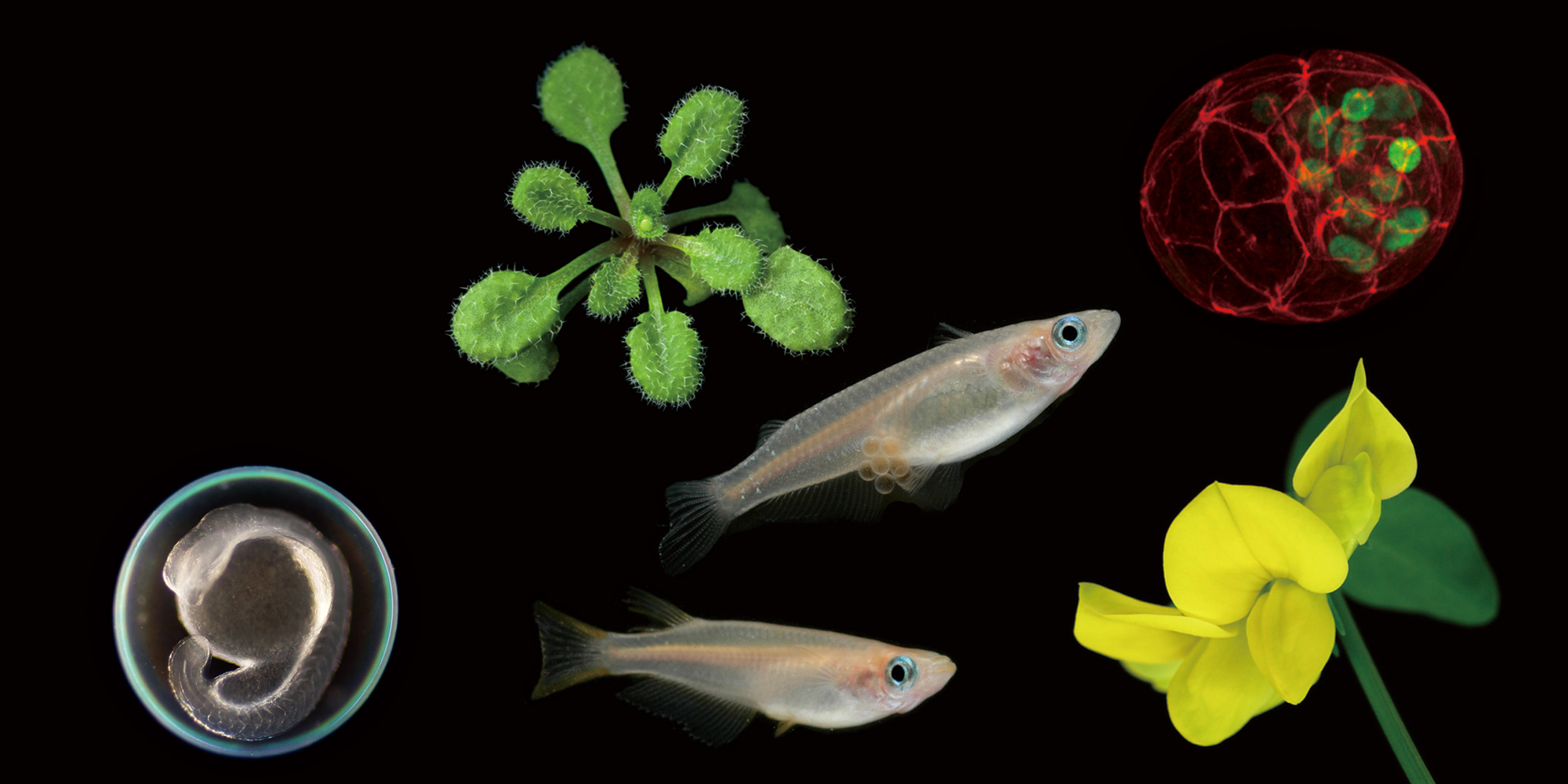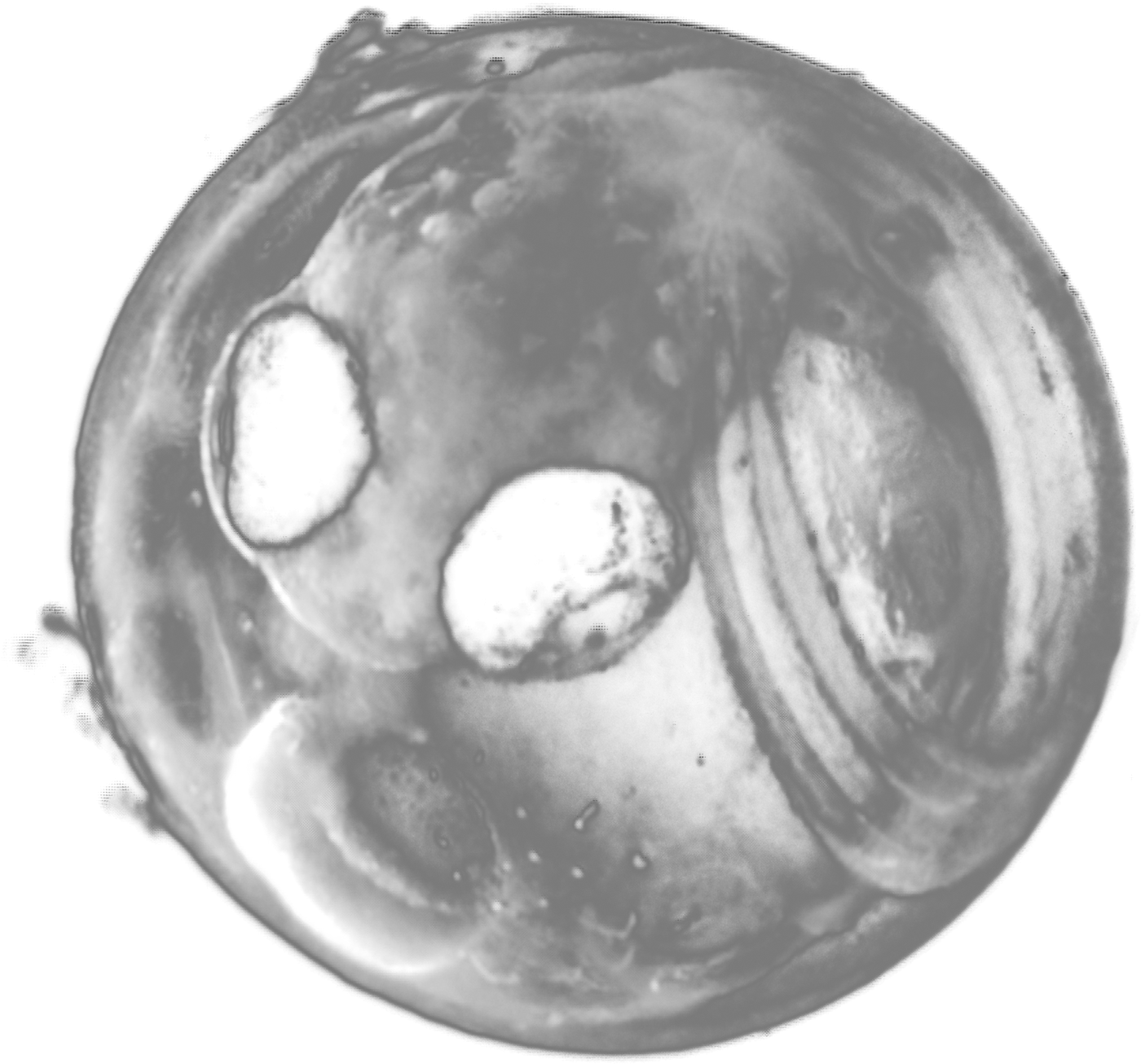2009.12.02 部門公開セミナー
Disparity in Epigenetic State within the Epiblast Serves as a Basis for Germ-Soma differentiation in Mouse
Satoru Kobayakawa Ph. D. (Technology and Development Team for Mammalian Cellular Dynamics, RIKEN BRC Department of Anatomy & Embryology, Leiden University Medical Center)
2009年12月02日(水) 16:00 より 17:00 まで
山手地区3号館2階共通セミナー室
初期発生研究部門 藤森 俊彦 内線5860
A major question concerning germ cell specification in mouse is how only a small portion of a seemingly uniform population of pluripotent cells in post-implantation embryos is specified to primordial germ cells (PGCs).
In order to investigate processes of PGC formation from pluripotent epiblast, we used two reporter mouse lines carrying either Oct4-EGFP-MBD (methylated DNA binding domain) transgene, in which global DNA methylation can be visualized in situ or Oct4ΔPE-GFP transgene. There are at least two enhancer elements in Oct4 regulatory regions, of which distal elements drives Oct4 expression in pre-implantation embryos and PGCs, but not in epiblast. Thus we reasoned that by tracing Oct4ΔPE-GFP reporter expression driven by the distal elements, we could observe a developmental transition from epiblast to PGCs. Oct4ΔPE-GFP expression was increased in the inner cell mass (ICM) and polarized along the animal–vegetal axis during pre-implantation stage. After implantation, Oct4ΔPE-GFP expression was reduced in epiblast of early egg cylinder stage. However, a small population of cells in the proximal epiblast continuously maintained the Oct4ΔPE-GFP expression. Such Oct4ΔPE-GFP positive cells proliferated rapidly at early streak stage embryos, transiently overlapped with newly formed mesodermal cells, and Oct4ΔPE-GFP expression was eventually restricted to PGCs by E7.5.
Epigenetic state of these Oct4ΔPE-GFP positive cells was quite distinct from that of surrounding epiblast cells; observations of the EGFP-MBD and several DNA methyltransferase expression indicated that genome of the Oct4ΔPE-GFP strong positive cells were hypomethylated, and PGCs genome was almost devoid of global DNA methylation, whereas most of the epiblast showed elevated level of DNA methylation.
We suggest that PGCs are derived from the Oct4ΔPE-GFP positive population, because 1) Cells positive for Blimp1, an earliest marker for PGC and its precursor, were found within the Oct4ΔPE-GFP positive cells, 2) Among the rapidly proliferating Oct4ΔPE-positive population, cells with greatly reduced DNA methylation were emerged before PGC allocation. Our results demonstrate that the Oct4ΔPE-GFP positive cells persist in proximal epiblast throughout the E4.5 to E7.5 window, and appear to bridge ICM and PGCs. We propose that epigenetic asymmetry found within the epiblast may be a prerequisite for germ-soma differentiation occurring at later stage of mouse development.
(セミナーは日本語で行います)







